
Project
Towards Circular Greenhouse Horticulture
Greenhouse horticulture is an innovative sector that produces high-quality fruit, vegetables and plants, whilst using many of its resources very efficiently. Take, for example, the recirculation of water and nutrients within the greenhouse. Despite this high efficiency, supply chains are mostly linear, not circular. Like many other sectors, greenhouse horticulture relies on finite natural reserves spread out across the globe: for example, natural gas for energy and CO2; or phosphate rock (P) and potash (K), which are mined to make fertiliser; basalt and peat for substrate; or crude oil for plastics.
Precious raw materials
At some point, these natural reserves will run out. For some, such as phosphate rock, this reality is relatively close. Because of this, prices could become unstable. Not only that – the extraction and distribution of these raw materials have a considerable environmental impact. We all know about recycling, but most of these raw materials end up in the soil, rivers, oceans and air, often with negative consequences for the environment and human health. Also, once these resources have been released into the environment, they are difficult to recover, because they have become severely dispersed. Recovering phosphate from an ocean or river is like trying to recapture a spoonful of sugar after dissolving it in a swimming pool.
This is why it is crucial to think of improvements together, so that in 2050, we still have a blooming greenhouse horticulture that not only contributes through the end product, but also valorises its residual flows. Examples include leaves, stems or substrate, but also residual flows from other sectors could be upcycled by greenhouse production.
A circular future?
With insights gained from the knowledge base research (Kennisbasisonderzoek in Dutch, or KB) and in collaboration with the Club of 100, we have designed a guiding vision of greenhouse horticulture in a circular economy. For six material flows – water, fertilisers, CO2, growing media, plastics and biomass – the visual shows that dependence on import of raw materials will be phased out. Instead, r-strategies (see the R-ladder as defined by the PBL) are used to work on closed cycle resource chains. In doing so, the greenhouse horticulture sector prevents itself from contributing to the depletion and loss of resources, and the impact on the environment is reduced because raw materials are no longer emitted as waste flows into the environment.
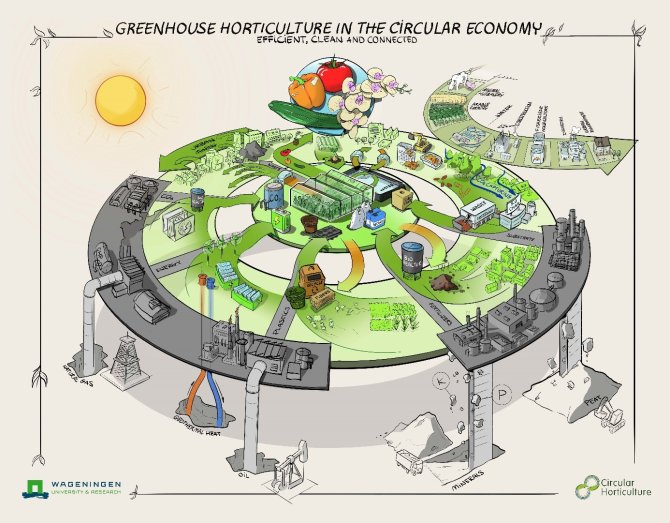
In transition!
We see a lot of opportunities in the transition towards circular horticulture, for parties in this sector and others, to extract more value from their products and residual flows whilst producing in a cleaner way. We work together with both the public and private sector on innovations that can be applied short-term. We also look at redesigning production systems, to allow circularity to be integrated long-term. With the new knowledge from KB research, we want to work towards a circular pilot project or living lab, where innovations are shown and developed.
Topics
The KB research focuses on six material flows that are used and/or generated during the production of fruit, vegetables and plants in greenhouses: fertiliser, growing media, water, CO2, plastics and biomass. Each of these flows has its own story, with specific challenges and opportunities:
Fertiliser
Horticulture uses fertilisers; six macro-nutrients (N, P, K, Mg, Ca and S) and six micro-nutrients (Fe, Mn, Zn, B, Cu and Mo). In many Dutch greenhouses, fertiliser is already recirculated within the irrigation system, resulting in extremely high efficiency. Almost all fertilisers that enter a greenhouse come out as a product (for example a tomato) or as residual biomass (plant material such as stems, leaves, roots); a conversion efficiency of (almost) 100%. However, the supply chain itself is not circular yet, because the raw materials used to produce most (artificial) fertilisers come from mines that will eventually be depleted.
For nitrogen fertilisers, things are slightly different. This is because nitrogen is stripped from the air and converted to ammonia through the Haber-Bosch process. However, natural gas is a main input for this process; about 1000 m3 is used per tonne ammonia (NH3) in Dutch factories. Then again, over the past few years, considerable investments have been made to reduce the energy consumption and CO2 emissions in Dutch ammonia synthesis plants by further optimising the process.
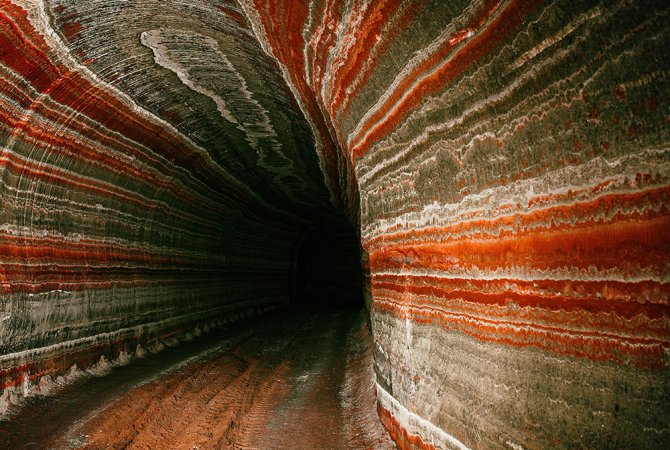
The nutrients in fertilisers leave the greenhouse as part of the end product, like a tomato, or as organic waste such as the stems or leaves (biomass). After a tomato is eaten, many of these valuable nutrients end up in the environment, where they disturb ecosystems through eutrophication. Once these nutrients are released into rivers and eventually end up in the sea, they are very difficult to get back. Imagine trying to recover a teaspoon of sugar after having dissolved it into a swimming pool.

The challenge that the sector faces is to turn greenhouse horticulture into a link within a closed nutrient cycle. Closing cycles must be achieved at company level, regionally and sector-wide. With the goal of completely emission-free cultivation in 2027, almost no fertilisers will be lost from the greenhouse to the surface water because discharges of drain water and leaks will be reduced to virtually zero.
However, it is not just about efficiency in the greenhouse. To reduce dependence on finite, mineral fertilisers, it is necessary to develop fertilisers based on other (organic) sources such as animal manure, food and other green waste as well as effluents from water treatment plants. Building partnerships with other sectors in the Netherlands and setting up new supply chains in the field of nutrient recovery is key. At the same time, these fertilisers must be applicable in the cultivation systems of greenhouse horticulture and the quality must be guaranteed to ensure efficient use and (food) safety. Which supply chains of macro and micro fertilisers should be prioritised in this transition can be determined on the basis of availability (which availability of raw material is critical?) and environmental impact.
Growing media
Several materials are used as growing media in greenhouses, of which many come from natural reserves, like basalt for stone wool and peat for potting soil. Although basalt is a very common type of rock, and global reserves are virtually endless, mining and transport have a significant environmental impact. The construction sector aims to recycle stone wool, used for insulation, as much as possible. In greenhouse horticulture, stone-wool mats are not yet made into new high-quality mats.
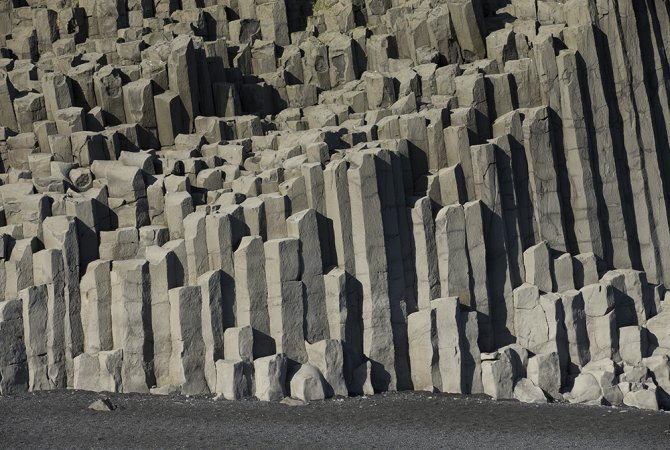
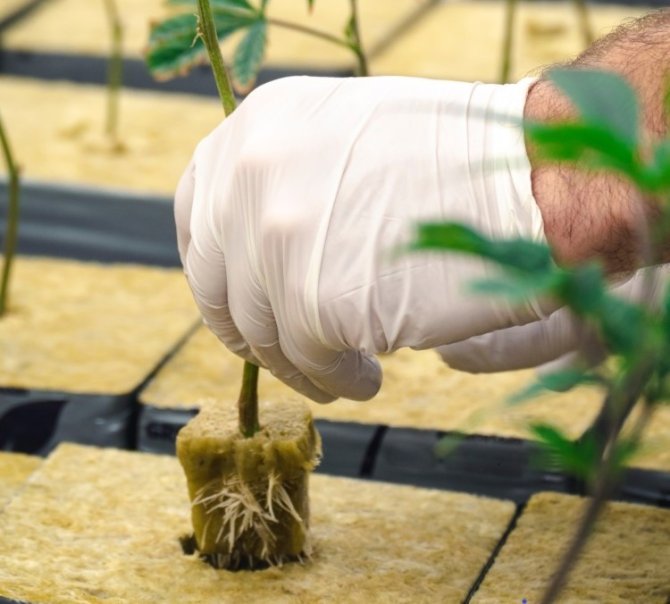
Peat as a raw material for growing media is under pressure, because peat soils store carbon, which is released as CO2 (a greenhouse gas) during excavation. Exploitation of peatlands can also lead to the loss of ecosystem services such as water filtration and water storage. An EU-wide ban on the excavation and import of peat seems to be getting closer and closer. In the Netherlands, a covenant has recently been signed to increase efforts towards sustainable growing media and substrates.
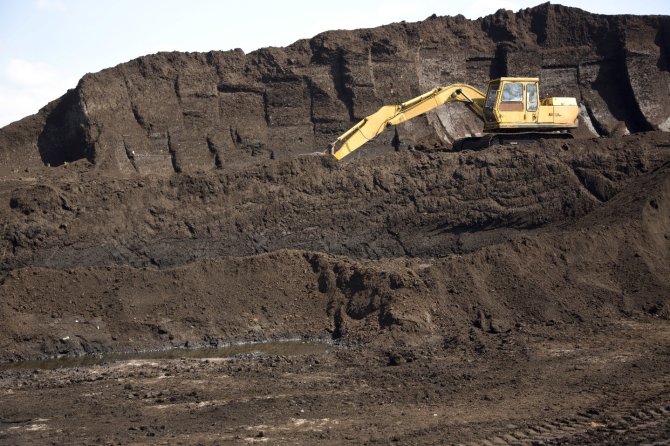
Advantage of soilless systems
The advantage of soilless systems (in substrate or directly in water) compared to growing in soil is that water and fertiliser can be applied and controlled very precisely. Collecting and reusing water and fertiliser (recirculation) also becomes a lot easier. Because of this, substrate plays an important role in today’s greenhouses: not only to use water and fertiliser efficiently, but also to limit discharge into the soil and ditches.
Substrate recycling
When it enters the greenhouse, substrate is fairly pure. But during the growing cycle, it gets mixed with fertilisers, water, roots and root exudates, which means it is no longer a ‘mono-stream’. A mixed material flow is usually much harder to recycle than a mono-stream. Substrate also often gets mixed with plastic. For example, stone wool mats are wrapped a in plastic bag, and potting soil sits in plastic pots.
Still, in the Netherlands, stone wool mats get collected on a large scale and processed into new raw materials such as stone wool granulate for the production of bricks, and plastic for bin bags. Other substrates, such as coconut fibre and perlite are also converted into new raw materials or products. The substrate in potted plants ends up in the consumer’s organic waste, and gets (partially) processed into compost or a soil amendment. Circular principles are therefore already regularly being applied. Despite this, every year, many tonnes of primary raw materials are imported to make substrate for greenhouse horticulture. These chains are therefore not completely closed for all types of substrate.
Finding alternative sources
The challenge is to find alternative (biobased) sources that can replace these raw materials – and to recycle material flows in a high-quality manner so they can be made into growing media again. Extending the lifespan of substrates in greenhouses could also be investigated, so that fewer raw materials are needed in the first place. Redesigning cultivation systems could mean that, for some crops, substrate could be eliminated altogether to grow without soil, by suspending the roots directly in water or even in air, for example.
CO2
All over the world, CO2 is famous for being a greenhouse gas that contributes to global warming. Although high CO2 emissions and their resulting impact on the climate are widely agreed upon, CO2 remains an essential part of the atmosphere for plant growth. Over the past 50 years, outdoor CO2 concentrations have risen from 325 ppm to about 410 ppm. In greenhouses, CO2 concentrations are increased up to 1000 ppm, to increase crop growth. This leads to a much higher tomato yield per square metre, for example.
CO2 in horticulture
Most of the CO2 used in greenhouse horticulture comes from the combustion of fossil fuels, mainly from natural gas in combined heat and power (CHP) systems. Part of the sector gets its CO2 through an elaborate network of pipes. Part of this CO2 is a by-product of the petrochemical industry, and part of it comes from a bioethanol plant.
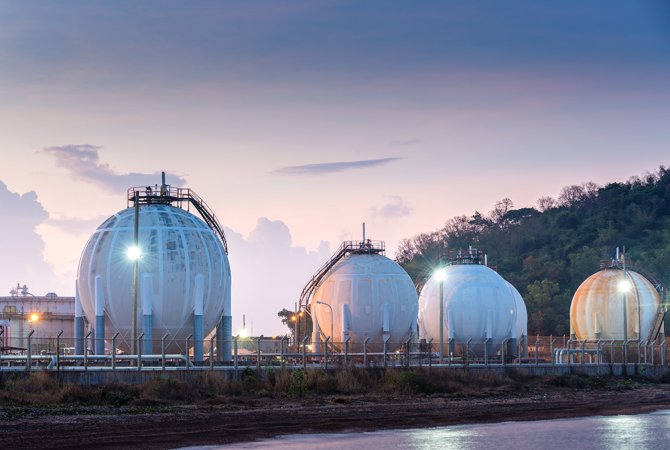
Only a fraction of the CO2 supplemented in greenhouses is actually taken up and fixated by the crop. The rest (>90%) is emitted into the atmosphere, since it leaves through the vents into the outside air. The loss of CO2 through the windows can be reduced by up to 80% through more intelligent dosing based on sensors and control technology. A (semi-)closed greenhouse with mechanical ventilation can considerably improve efficiency. However, efficient as it may be, this does not make it circular.
Alternative sources for CO2
As the energy transition progresses and the use of fossil fuels decreases, so does the production of CO2. Alternative sources must therefore be considered if CO2 is still to be used in greenhouses. One possibility is to use the CO2 released during the incineration of waste – but this source will also disappear long-term, because in a circular economy, there will be virtually no waste to incinerate.
Developing innovative solutions for CO2 supplementation in greenhouses is a challenge, but also provides opportunities. The atmosphere can play an important role in this as a source. This is because CO2 can be extracted directly from the air using ‘Direct Air Capture’ technology (DAC). At the moment, this is too expensive to be applied in greenhouse horticulture. Indirectly, plants are a method to capture atmospheric CO2, since they fixate CO2 from the air through photosynthesis. If residual organic flows like pruning waste and manure are processed in bioreactors, this CO2 gets re-released and could be used in greenhouses.
Tension between circularity and climate change
When it comes to CO2, it is important to consider the tension between circularity and climate change. From a circularity perspective, all the CO2 that is taken out of the atmosphere is released back into the atmosphere again, leading to zero net emissions, a.k.a. ‘climate-neutral’. However, there is a growing call for reducing the amount of atmospheric CO2 to mitigate climate change. This is known as ‘climate-positive’, and would require the long-term storage of CO2 from Direct Air Capture or bioreactors. Examples include underground reservoirs, but also biochar or even trees for carbon capture and storage (CCS).
Want to know more? Check out the report Carbon Dioxide Enrichment for Greenhouses in a Decarbonised Future by Van Tuyll et al. (2022).
Biomass
In a greenhouse, plants grow by converting water, fertiliser and CO2 into ‘biomass’. Biomass is organic material produced by plants and animals. All parts of the crop, such as the roots, stems, leaves, fruits and flowers are biomass. For some crops, the final product includes the entire plant, such as for orchids. For other crops, only part of the total produced biomass goes to the consumer, like with tomatoes. The roots, leaves and stems of a tomato plant are mostly regarded as organic waste.
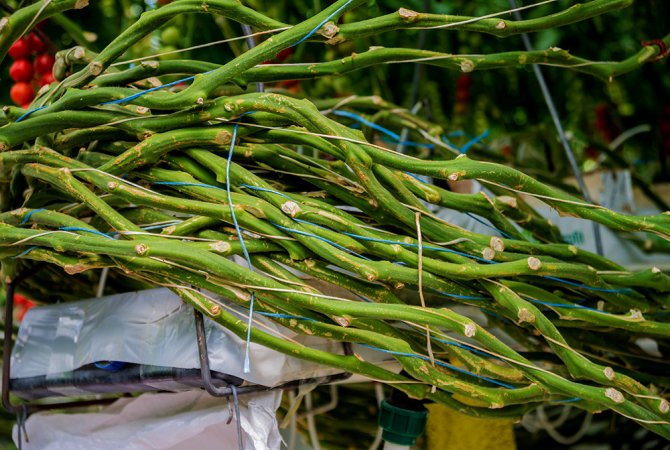
Organic waste from greenhouse horticulture is currently partially processed into low-grade compost, but this biomass will mean much more in the transition to a circular economy. After all, biomass can be processed into all sorts of high-quality raw materials. One of the hurdles in doing this is that this flow currently contains not just biomass, but also plastic and metal. Clips, rings and plastic string used to support the plants get mixed in with the residual biomass.
Making the most out of biomass from greenhouse horticulture
Making use of residual biomass from greenhouses is a challenge, but also provides opportunities to set up new value chains. So much can be obtained from biomass: salts for fertilisers, organic matter or biostimulants for growing media, fibre for packaging and building materials, proteins for food and feed, aromas and dyes for the cosmetics industry and medicinal compounds for the pharmaceutical industry. Research is required to determine which plant residual flows are appropriate for which applications, and how the hurdles can be overcome. On top of this, it is just as important to involve growers and entrepreneurs in collaboratively setting up these new value chains and business cases.
Plastic
Plastic plays an important role in the packaging of fruit, vegetables, plants and flowers from greenhouses. But the ‘plastic footprint’ of the final product is more than just its packaging. During the crop cycle, many more plastic products are used.
Plastic footprint in greenhouse horticulture
An obvious example are plastic pots. But there are also foils that cover the floor and cultivation tables, used to prevent weeds and reflect (or absorb) sunlight. There are also foils used in the ceiling and walls to save energy or provide shade. Substrate mats are wrapped in plastic to reduce evaporation, algal growth and the risk of pathogens. Plastic string, clips and sticks are used to physically support the plants and avoid damage during the crop cycle.
All of these products have a function in the greenhouse and are beneficial to yield and quality. But the current way plastics are used comes with considerable disadvantages as well and is not circular. Nearly all plastics are derived from two finite raw materials: crude oil and natural gas.
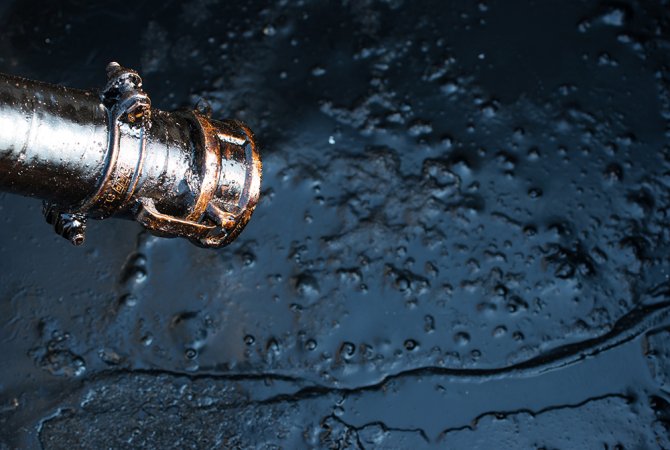
Plastics stand in the way of innovation
Dependence on oil and natural gas will have to decrease in the long term, but plastics get in the way of innovation short-term as well. For example, for greenhouse-grown vegetables such as tomatoes, cucumbers, sweet peppers and aubergines, plastic clips, rings and string stay behind with the stems and leaves. This plant biomass is often regarded as ‘organic waste’, but is actually valuable biomass, a resource in itself that can be valorised. The contamination of this biomass with plastic makes the plant material hard to process, making it a less useable resource. Environmental plastic pollution remains another big issue. This includes the spread and accumulation of microplastics in the soil and water.
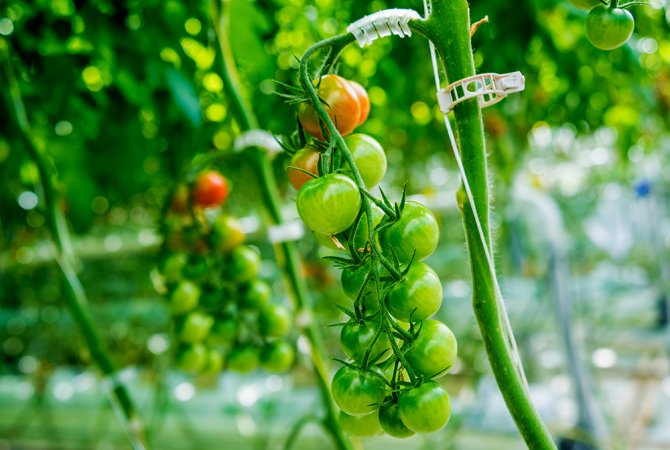
Including plastic use across the value chain in the transition to a circular economy
Including plastics in greenhouse horticulture across the whole value chain in the transition to a circular economy is a challenge. The first step in this process is to critically consider how important these products are, and whether they really serve an important purpose. If they do, then perhaps this purpose can be served by a biobased material, to reduce our dependence on oil and natural gas. New products could be biodegradable, so that organic waste becomes easier to valorise. Supply chains can also focus on plastic products that can be infinitely recycled after collection, without a decrease in quality. In addition to applied research, coordinating efforts are required to make supply chain agreements in order to achieve the circular ambitions regarding plastic; for example to organise mono-flows and return logistics.
Water
Water is essential for plants, and, therefore, also for growers. The majority of the water used in greenhouses for irrigation is rainwater. To a lesser extent, groundwater is used, and a handful of crops also use surface water. Tap water is another possible source, but because of its costs and quality, it is rarely used.
Rainwater most often used for irrigation
One of the reasons rainwater is preferred is its high quality. For most (substrate-based) crops, it is important that irrigation water contains as little sodium as possible. Sodium barely gets taken up by the crop, which can lead to it accumulating in the irrigation system as water gets recirculated. High sodium concentrations can compromise the absorption of fertiliser by the crop. Ground, surface and tap water often contain too much sodium, which first needs to be removed through techniques like reverse osmosis. An additional downside of surface water is that it may contain pathogens.
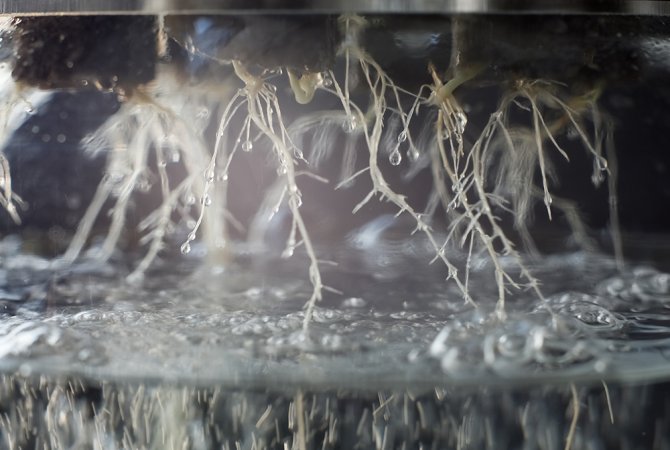
Emissions-free growing by 2027
Greenhouses use water very efficiently and in a very circular way. This is because most growers use drip irrigation, combined with the recirculation of drain water. Still, water is occasionally discharged to natural surface water or the sewage system, either between crop cycles or because of the excessive accumulation of sodium. The greenhouse horticulture sector is working towards emissions-free growing by 2027, after which discharging nutrients and plant protection agents will no longer be allowed. But if water goes into a greenhouse, how does it go out?
The vast majority of irrigation water is taken up and transpired by the crop. Because of this, the air inside the greenhouse becomes more humid, and this air subsequently leaves the greenhouse during ventilation. This water is very clean and poses no threat to the environment. A fraction of the original irrigation water leaves the greenhouse in the produce. For example, tomatoes are about 95% water.
Availability depends on the climate
Broadly speaking, the water cycle of a greenhouse is very comparable to part of the natural water cycle: rain water is taken up by plants, which then transpire it. The transpired water condenses in the atmosphere and comes back as precipitation. A circular process. But unlike other material flows, the availability of water strongly depends on the climate.
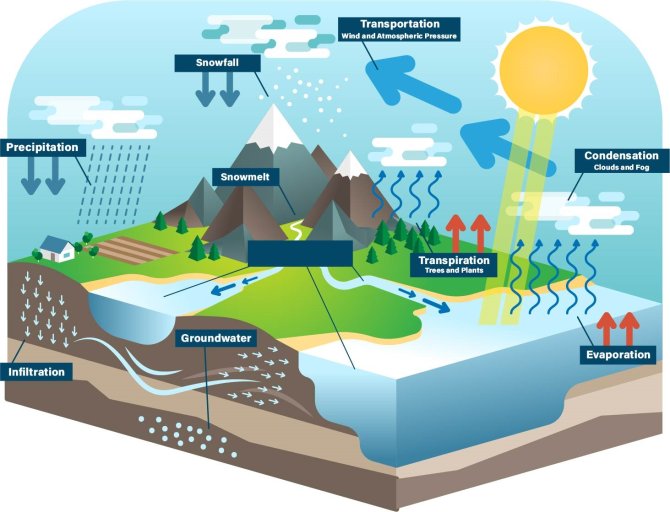
Although the Dutch are no stranger to precipitation, climate change plays a role. Heavier showers in the winter and hot, dry summers mean precipitation is less evenly distributed over the year. This leads to a higher risk of flooding and problems with water storage. The demand for water from greenhouses is higher in the summer, and storage capacity usually does not account for virtually rainless summers.
Finding synergies for a common water management strategy
Making sure enough high-quality water remains available for greenhouse production is a challenge, but also provides opportunities for new collaboration. The provision of drinking water is at the top of the list, but also nature reserves need water, and groundwater and soil quality must be safeguarded. In a circular economy, consumers of water from different sectors, water treatment companies and regional water authorities will have to find synergies for a common water management strategy. An option currently being explored is to purify waste water from other (economic) processes to (re)use it in greenhouses. At greenhouse level, water use can be made even more efficient by, for example, using sodium filters or applying best practices during crop rotation. Increasing and efficiently managing rainwater storage can contribute to optimal availability of rainwater at both company and regional level.
Mapping it out
Although every material flow comes with its own challenges and opportunities, these different flows are far from independent and innovations may often require an integral approach. To foster integral solutions, we have made a number of quantitative diagrams for the material flows in different crops within the KB research programme. These crops include tomatoes, phalaenopsis and roses.
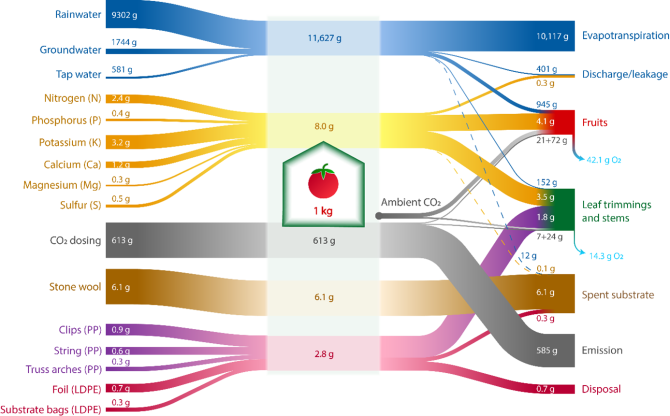
Overviews like these show the materials that enter the greenhouse, and how they leave. They also show the relative size of each flow, and which flows are mixed during the crop cycle. Arranging and visualising this knowledge forms a foundation, from which to build towards circular greenhouse horticulture.
Want to know more about material flows in greenhouse horticulture? Check out the journal paper Quantification of material flows: A first step towards integrating tomato greenhouse horticulture into a circular economy by Van Tuyll, Boedijn et al. (2022).
Cross-overs: towards circular greenhouse horticulture together
Circularity goes beyond everyone's own sector or expertise. If we want to make less use of raw materials from natural reserves, alternative sources will have to take their place. One of the solutions is to connect different sectors. The purpose of these connections is to convert outgoing material flows from one (food) production system into usable resources for another. We call this concept ‘cross-overs’ and, within the KB research, a strategy has been set up to assess the potential of such partnerships.
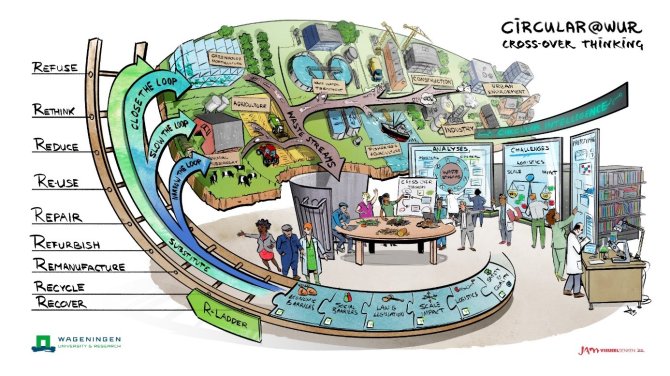
The process often starts with a demand for a certain resource or the need to valorise a residual flow. Subsequently, it is examined how demand can be linked to supply or vice versa; finding and connecting supplier and customer. This is often followed by an analysis to quantify the various flows and to establish differences between required quality and available quality – think of for instance concentration and possible contaminants. After this analysis, an initial evaluation can often already take place:
- Does the scale of the potential application warrant further investigation? Is there enough positive impact to achieve?
- Can quality problems be solved with available technology?
If these questions give a positive indication, other potential challenges are analysed, often in collaboration with corporate stakeholders and/or government. This concerns for instance logistics, laws and regulations, social and economic factors. The consideration before ultimately proceeding to a pilot, prototype or scale-up of an application is whether the perceived challenges can be solved in such a way that the prospect – closing a loop – is worth the resources. A number of cases have been investigated within this KB project:
Greenhouse horticulture & Aquaculture
The combination of greenhouse horticulture and aquaculture, a form of aquaponics, is a concept that has been researched since the 1970s. Although there are examples of commercial ventures, there is not yet an established aquaponics sector. Aquaculture, on the other hand, is a fast-growing sector, which means that in the future there may be opportunities for greenhouse horticulture and aquaculture to jointly take steps towards circularity and sustainability. The Whitepaper Greenhouse horticulture & Aquaculture (Dutch) explores the potential of three collaborations:
- More efficient use of water through cascading and shared infrastructure;
- Valorisation of waste water and sludge from aquaculture into fertilizers for greenhouse horticulture;
- Dosing CO2 from aquaculture in greenhouses.
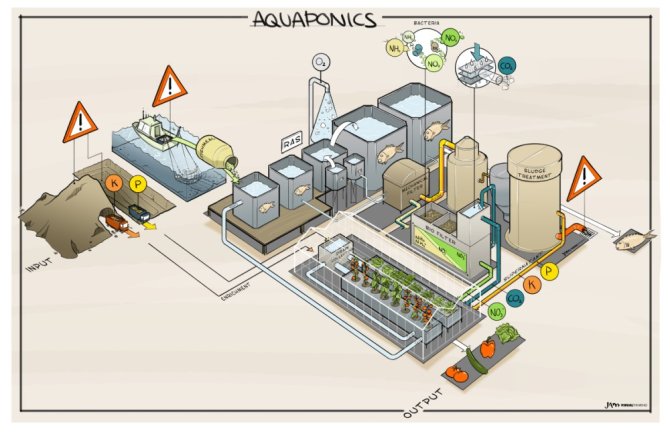
Want to know more? Check out the Whitepaper Greenhouse horticulture & Aquaculture (Dutch).
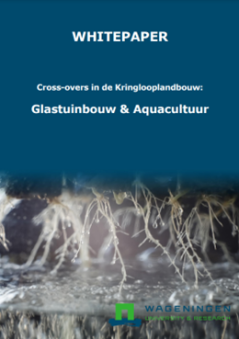
Greenhouse horticulture & Pig farming
With more than 3,500 companies in the Netherlands (2021), pig farming is a significant sector. The transition to circular agriculture offers opportunities to make pig farming more sustainable and to use the pig as a ‘circular animal’ in a circular economy. This can be done in particular by feeding pigs with crop residues or residual flows from the processing industry. Thereby converting ‘waste streams’ into high-quality food for human consumption. In addition, pigs produce manure that can be processed into high-quality fertilisers and CO2 for the growth of crops in agriculture and greenhouse horticulture. The Whitepaper Greenhouse horticulture & Pig farming (Dutch) explores the potential of two collaborations:
- Valorisation of pig manure into high-quality fertilisers for greenhouse horticulture;
- Valorisation of carbon in pig manure into fossil-free CO2 for greenhouse horticulture.
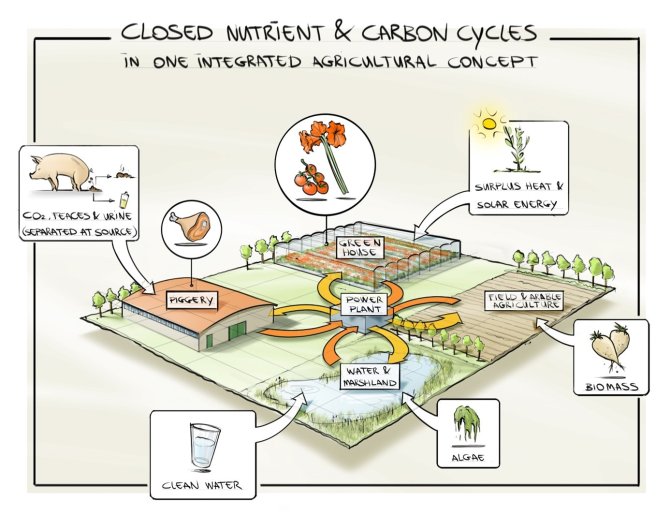
Want to know more? Check out the Whitepaper Greenhouse horticulture & Pig farming (Dutch).
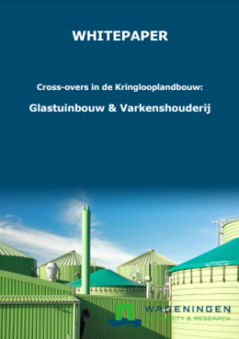
Greenhouse horticulture & Fungiculture
The mushroom sector in the Netherlands predominantly consists of button mushroom cultivation, which, with a current production of 240,000 tonnes, accounts for approximately 95% of the total production. The Netherlands is currently (2022) the 4th producer of mushrooms worldwide. In addition to button mushrooms, the Netherlands also produce so-called exotics such as oyster mushrooms, king oyster mushrooms, shiitake mushrooms and beech mushrooms. In summary, the industry faces a number of challenges, not only in becoming more sustainable, but also as a result of other sustainability efforts. Because the use of peat is under pressure, new materials will have to be found to function as casing soil. The availability of substrates is uncertain because biomass is also used for other applications in an economy that focuses on biobased materials. This could lead to competition with the mushroom sector, and certainly applies to exotics, because feedstock for exotic substrates have the most alternative applications. On the other hand, there are opportunities to valorise residual flows from mushroom cultivation: spent mushroom compost, but also CO2 and ammonia. The Whitepaper Greenhouse horticulture & Fungiculture (Dutch) explores the potential of three collaborations:
- Valorisation of ammonia from composting for mushrooms into high-quality nitrate for greenhouse horticulture;
- Valorisation of carbon from the mushroom supply chain into fossil-free CO2 for greenhouse horticulture;
- Valorisation of residual biomass from greenhouse horticulture into substrate for mushroom cultivation.
Want to know more? Check out the Whitepaper Greenhouse
horticulture & Fungiculture (Dutch).
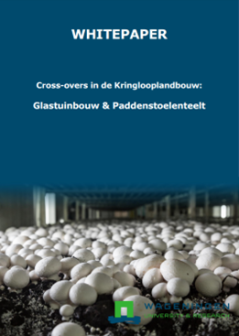
Want to know more?
Do you have a question about circular greenhouse horticulture, cross-overs or specific material flows? Get in touch with ir. AT (Alexander) Boedijn.
We are also curious to hear your thoughts:
- Which opportunities or hurdles do you see for your company in the transition towards a circular economy?
- Do you have data from practice that could be shared to improve or expand our knowledge?
- What are you getting out of the results of knowledge-base research towards Circular Horticulture?
Contact the project leader:
Publications
-
‘Towards Circular Greenhouse Horticulture’, Ornamental Plants & Flowers Expo: Circular Agriculture Forum, Mexico
-
Naar een Circulaire Glastuinbouw
-
Herontwerp voor een Circulaire Glastuinbouw
-
Circulaire Glastuinbouw: Materiaalstromen en Definities (online)
-
Towards Circular Greenhouse Horticulture
-
Circularity in greenhouse horticulture is closing
-
KB34-2C-5 Redesign of horticultural production for a circular economy.
-
‘Circulaire Glastuinbouw’, Floriade Winter School 2022: Circular Greenhouse.
-
De kringlopen in de glastuinbouw sluiten
Wageningen: Wageningen University & Research -
Whitepaper: Cross-overs in de Kringlooplandbouw: Glastuinbouw & Varkenshouderij